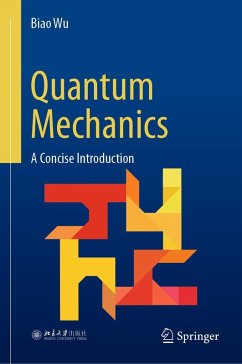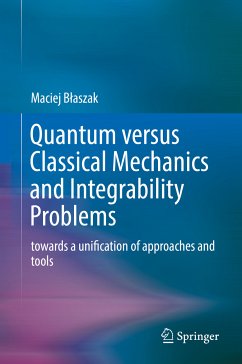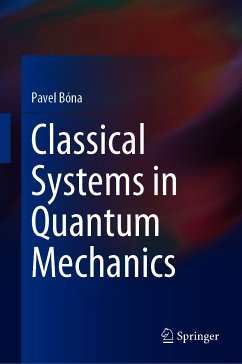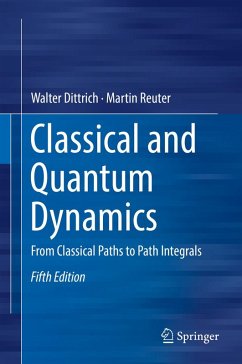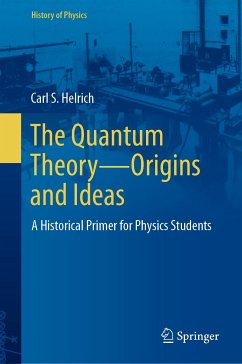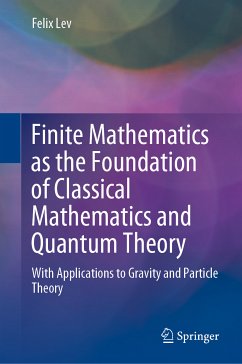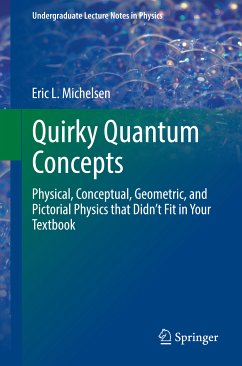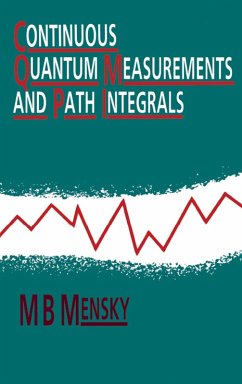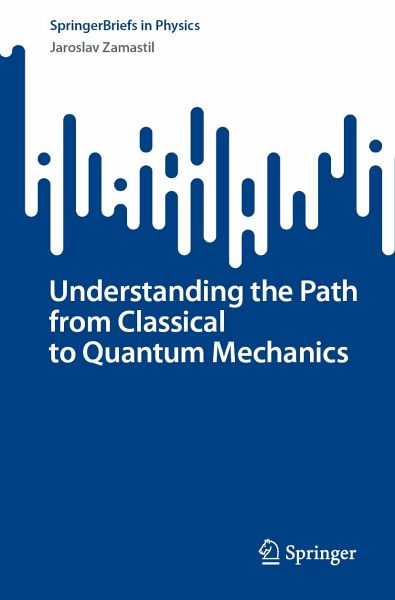
Understanding the Path from Classical to Quantum Mechanics (eBook, PDF)
Versandkostenfrei!
Sofort per Download lieferbar
36,95 €
inkl. MwSt.
Weitere Ausgaben:

PAYBACK Punkte
18 °P sammeln!
The book is about the transition from classical to quantum mechanics, covering the historical development of this great leap, and explaining the concepts needed to understand it at a level suitable for undergraduate students. The first part of the book summarizes classical electrodynamics and the Hamiltonian formulation of classical mechanics, the two elements of classical physics which are crucial for understanding the classical to quantum transition. The second part loosely traces the historical development of the classical to quantum transition, starting with Einstein's 1916 derivation of t...
The book is about the transition from classical to quantum mechanics, covering the historical development of this great leap, and explaining the concepts needed to understand it at a level suitable for undergraduate students. The first part of the book summarizes classical electrodynamics and the Hamiltonian formulation of classical mechanics, the two elements of classical physics which are crucial for understanding the classical to quantum transition. The second part loosely traces the historical development of the classical to quantum transition, starting with Einstein's 1916 derivation of the Planck radiation law, continuing with the Ladenburg-Kramers-Born-Heisenberg dispersion theory and ending with Heisenberg's magical 1925 paper which established quantum mechanics. The purpose of the book is partly historical, partly philosophical, but mainly pedagogical. It will appeal to a wide audience, from undergraduate students, for whom it can serve as a preparatory or supplementary text to standard textbooks, to physicists and historians interested in the historical development of science.
Dieser Download kann aus rechtlichen Gründen nur mit Rechnungsadresse in A, B, BG, CY, CZ, D, DK, EW, E, FIN, F, GR, HR, H, IRL, I, LT, L, LR, M, NL, PL, P, R, S, SLO, SK ausgeliefert werden.




